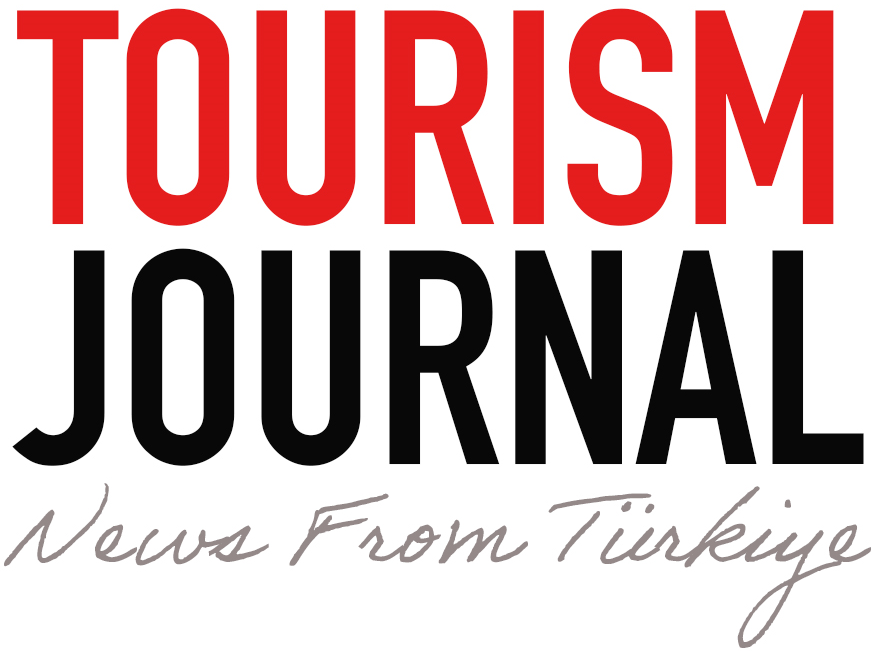Hava Durumu
İstanbul 19 °
ALL0,4012%0,37
AZN21,5302%0,09
BAM20,4066%-1,13
CLP0,0394%0,76
COP0,0089%0,89
CRC0,0733%0,13
ISK0,2722%0,20
JOD51,6238%0,13
DZD0,2744%0,57
KRW0,0252%0,26
EGP0,7242%0,21
HKD4,7190%0,20
KZT0,0731%-0,42
LBP0,0004%0,14
LKR0,1236%-0,21
MAD3,7779%0,28
MDL2,0582%0,11
MKD0,6476%0,37
MYR8,2322%-0,09
OMR95,0634%0,09
PEN9,9867%-0,02
PHP0,6389%0,20
PKR0,1301%0,08
QAR9,6834%0,15
RSD0,3386%0,12
SGD27,4311%0,20
SYP0,0028%0,09
THB1,0882%0,21
TWD1,1101%0,21
UAH0,8811%0,24
UYU0,8596%-0,29
GEL13,1897%-1,54
TND11,8566%0,09
BGN20,3088%0,21
GAU/TRY3.522,82%0,13
BIST 10010.840,59%1,05
USD36,6013%0,09
EUR39,7225%0,19
GBP47,2573%0,05
CHF41,3340%-0,24
CAD25,4742%0,60
RUB0,4281%0,97
AED9,9647%0,09
AUD23,1357%0,72
DKK5,3340%0,32
SEK3,6039%0,60
NOK3,4325%0,44
JPY0,2453%-0,73
KWD118,7928%0,16
ZAR2,0130%0,98
BHD97,0986%0,09
LYD7,6088%1,33
SAR9,7468%0,09
IQD0,0280%0,14
ILS10,0437%0,70
IRR0,0009%0,00
INR0,4210%0,11
MXN1,8359%0,84
NZD21,0389%0,97
HUF0,0995%0,07
BRL6,3751%1,11
IDR0,0022%0,40
CZK1,5917%0,43
PLN9,5356%0,50
RON7,9922%0,33
CNY5,0656%0,26
ARS0,0343%0,12
ALL0,4012%0,37
AZN21,5302%0,09
BAM20,4066%-1,13
CLP0,0394%0,76
COP0,0089%0,89
CRC0,0733%0,13
ISK0,2722%0,20
JOD51,6238%0,13
DZD0,2744%0,57
KRW0,0252%0,26
EGP0,7242%0,21
HKD4,7190%0,20
KZT0,0731%-0,42
LBP0,0004%0,14
LKR0,1236%-0,21
MAD3,7779%0,28
MDL2,0582%0,11
MKD0,6476%0,37
MYR8,2322%-0,09
OMR95,0634%0,09
PEN9,9867%-0,02
PHP0,6389%0,20
PKR0,1301%0,08
QAR9,6834%0,15
RSD0,3386%0,12
SGD27,4311%0,20
SYP0,0028%0,09
THB1,0882%0,21
TWD1,1101%0,21
UAH0,8811%0,24
UYU0,8596%-0,29
GEL13,1897%-1,54
TND11,8566%0,09
BGN20,3088%0,21
GAU/TRY3.522,82%0,13
BIST 10010.840,59%1,05
USD36,6013%0,09
EUR39,7225%0,19
GBP47,2573%0,05
CHF41,3340%-0,24
CAD25,4742%0,60
RUB0,4281%0,97
AED9,9647%0,09
AUD23,1357%0,72
DKK5,3340%0,32
SEK3,6039%0,60
NOK3,4325%0,44
JPY0,2453%-0,73
KWD118,7928%0,16
ZAR2,0130%0,98
BHD97,0986%0,09
LYD7,6088%1,33
SAR9,7468%0,09
IQD0,0280%0,14
ILS10,0437%0,70
IRR0,0009%0,00
INR0,4210%0,11
MXN1,8359%0,84
NZD21,0389%0,97
HUF0,0995%0,07
BRL6,3751%1,11
IDR0,0022%0,40
CZK1,5917%0,43
PLN9,5356%0,50
RON7,9922%0,33
CNY5,0656%0,26
ARS0,0343%0,12
ALL0,4012%0,37
SON DAKİKA

One-third of Turkey-Greece heritage sites are under maritime threat
Some places, such as the island of Delos near Mykonos, have already begun to suffer structural damage due to increasing flooding.
According to a new study, more than half of the historical sites along the coastlines of Turkey and Greece may face a 'very high' or 'high' risk of being submerged by the end of the century due to rising sea levels.
Rising sea levels are caused by global warming, which leads to the melting of more ice sheets and glaciers.
Some locations, such as the island of Delos near Mykonos, have already begun to suffer structural damage due to increasing flooding.
This island, listed as a World Heritage site by the United Nations Educational, Scientific and Cultural Organization (UNESCO), was one of the most significant religious sanctuaries of the Greek and Roman worlds.
More than one-third of the historical sites in the Aegean are under threat from rising sea levels.
The study, conducted by geologist Enes Zengin from Dumlupınar University's Department of Urban and Regional Planning, used data from the United States National Oceanic and Atmospheric Administration's 2022 Sea Level Rise Technical Report.
Enes Zengin created "flood risk maps" in five different categories ranging from very high to very low, based on global and local sea level rise predictions.
The study assessed the vulnerability of 464 historical sites along the Eastern Mediterranean coasts of Turkey and Greece.
It was concluded that 147 archaeological sites, castles, fortifications, towers, bridges, necropolises, or ruins along the coastline would be at some level of risk within the next 50 years, even under the best-case scenario.
Of the 464 sites analyzed, 34 were found to be at "very high" risk, 19 at "high" risk, and 27 at "medium" risk.
The areas in Turkey most at risk include the ancient cities of Knidos and Kaunos in southern Muğla and the ancient port city of Elaia in Bergama, İzmir.
These sites could be partially or completely submerged by the end of the 21st century with just a one-meter rise in sea levels.
The study shows that a three-meter rise scenario would put many more areas at risk, including the Port of Ephesus, Miletus, and the Güvercinada Castle in Aydın, as well as the ancient cities of Olympos and Patara in Antalya.
In Greece, the ancient cities of Sissi, Pavlopetri, and Lokris are considered to be at "very high" risk.
Although these findings are concerning, the study reveals that 317 sites would remain safe even under the worst-case scenario of a five-meter rise in sea levels.
Enes Zengin, one of the authors of the study, stated, "To ensure the long-term success of these studies and protect humanity's shared cultural heritage, it is crucial to prioritize the implementation of these measures in high-risk areas as soon as possible."
Zengin also added, "Rapid action is needed to mitigate potential threats such as natural disasters, human-made catastrophes, and other factors that could pose risks to cultural heritage resources."
Kaynak: Euronews
En Çok Okunan Haberler